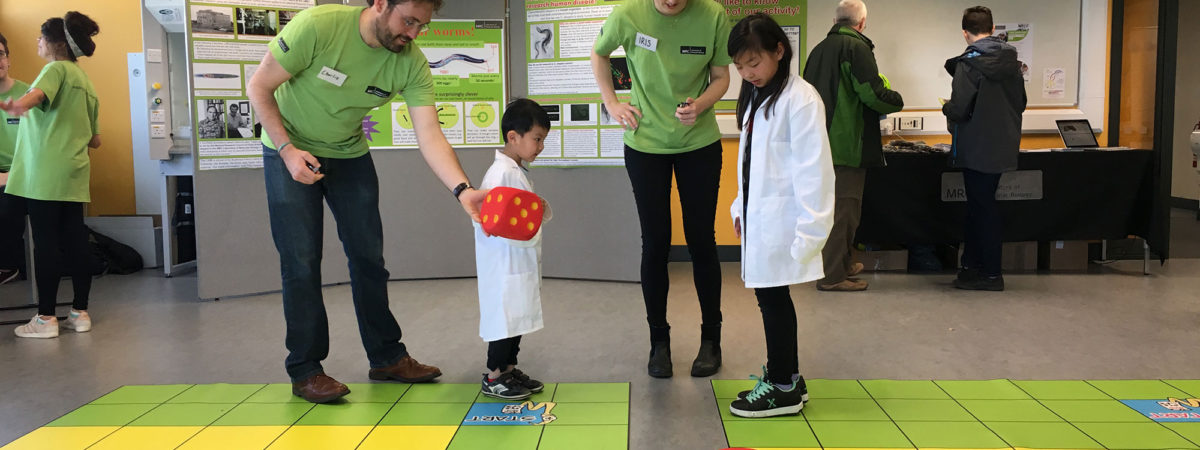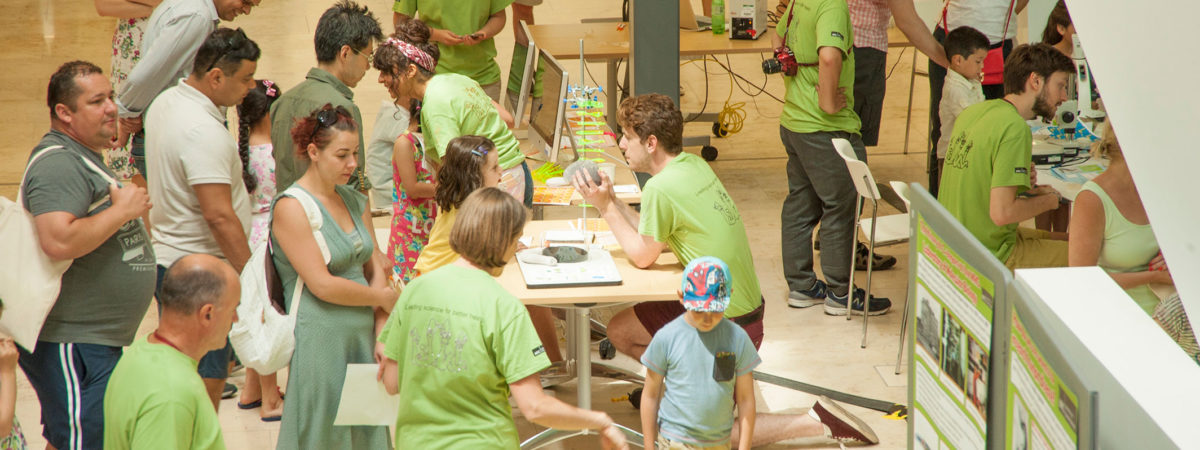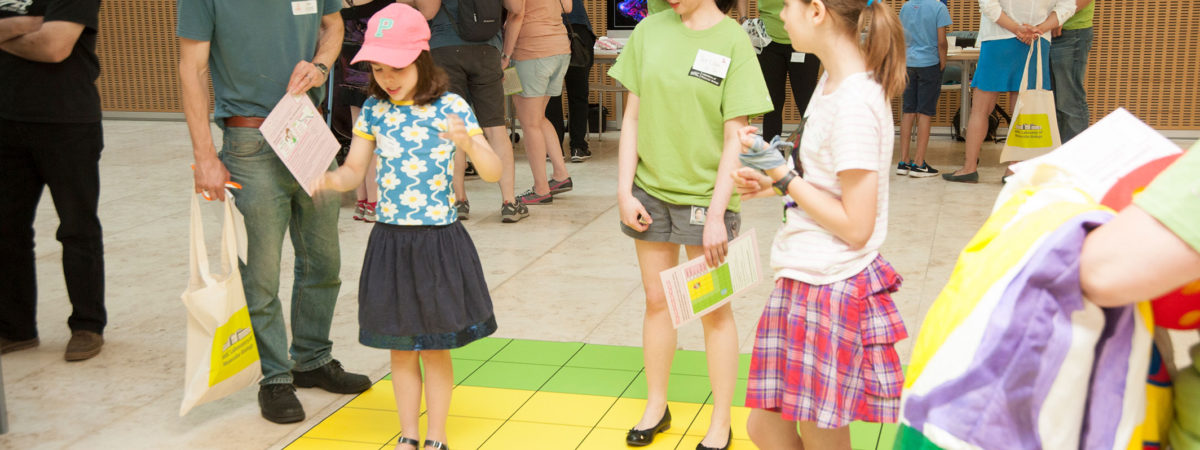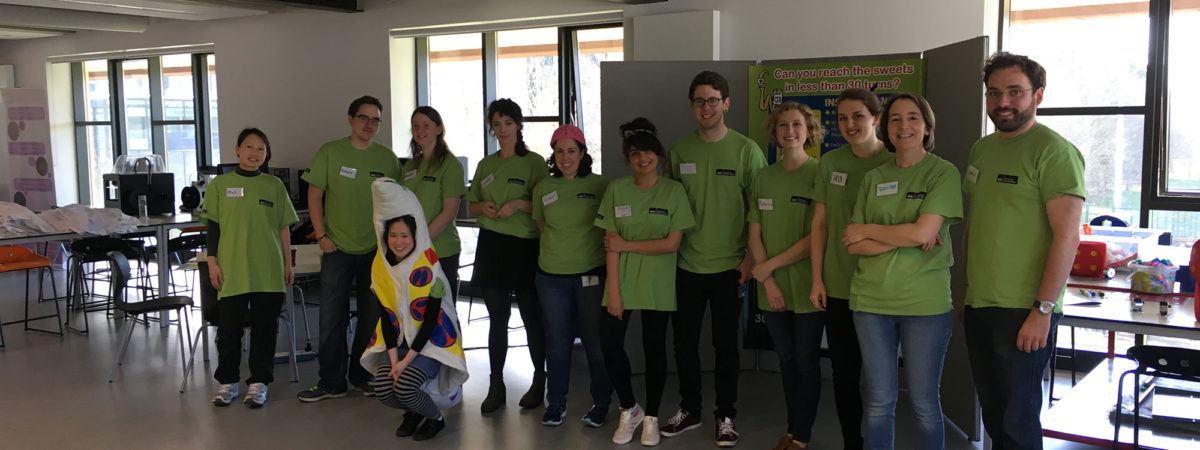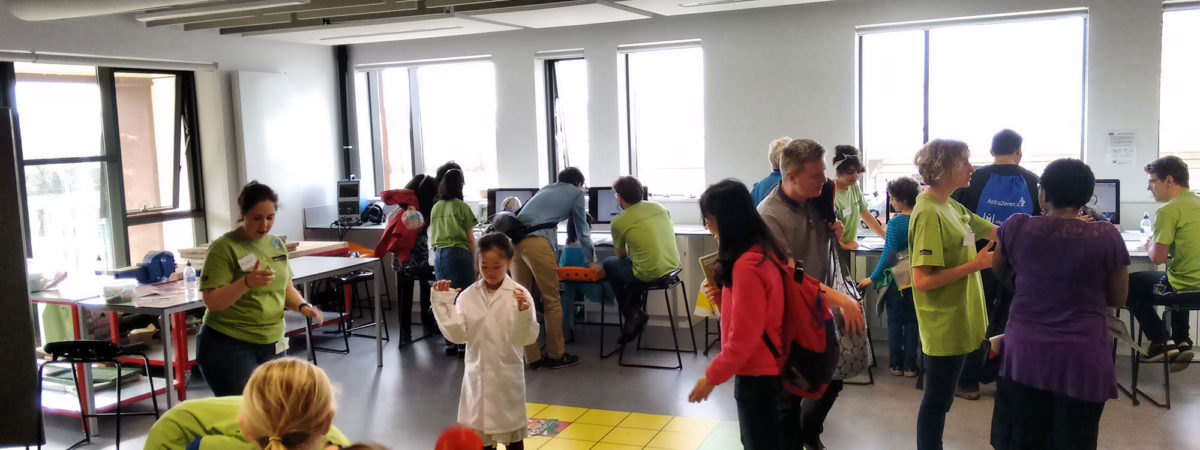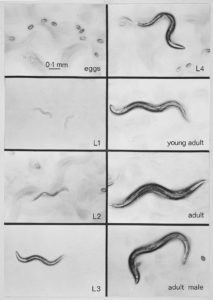This website is for scientists who would like to adapt our “Worms are cleverer than you think!” activity for use in your own outreach activities.
For the online activity, please go to
Aims
“Worms are cleverer than you think” is a public engagement activity that we created to demonstrate how cool our worms are! Our aim is to explain how we use them to study how neurons work and what goes wrong in human diseases.
The activities are designed for science festivals, focusing on a target audience of 7-11 year olds. However, we have incorporated more detailed sections aimed at an older audience (parents, older siblings, fellow scientists), as we feel that it is important to use the opportunity to explain to them how powerful C. elegans is as a model organism.
We have designed the activities with school visits in mind, so they adapt well to the classroom. You could use them to support learning about senses; the life cycle; basic needs or common characteristics of animals; or simply to foster a passion for science!
The activities
Meet our worms!
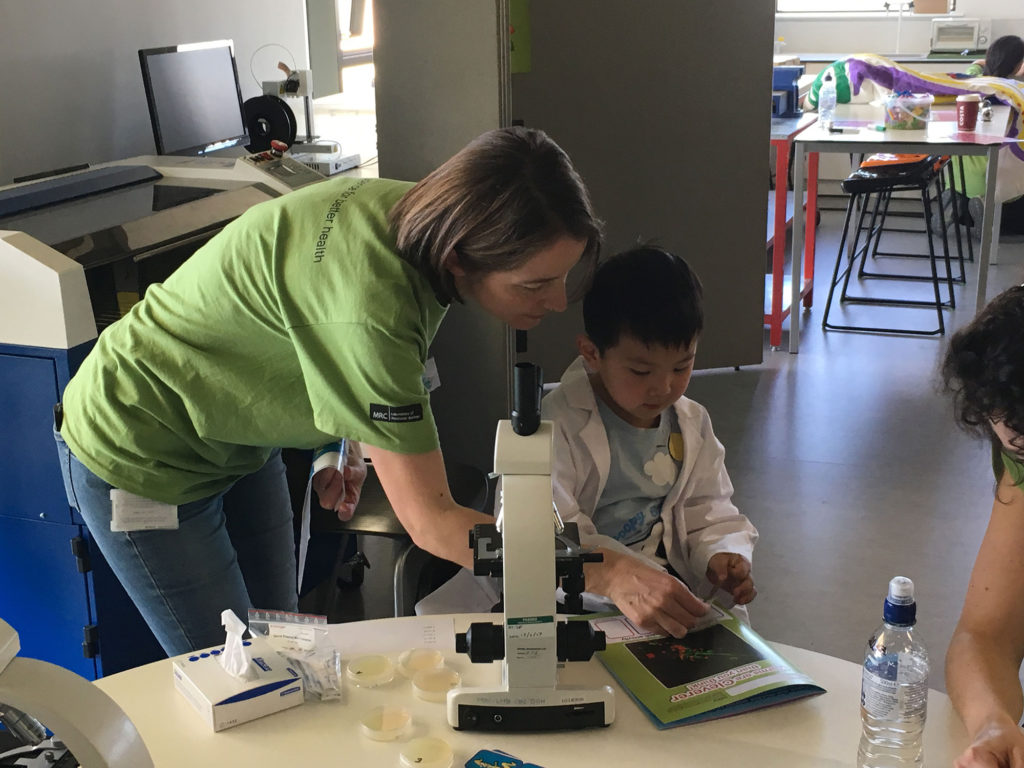
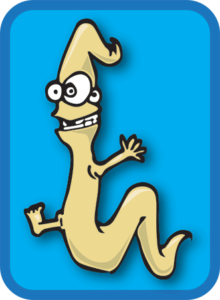
An introduction to worms, using inexpensive, battery-operated microscopes, and a mutant matching game, using phenotypes such as Rol, Unc and Dpy.
Using senses to find food
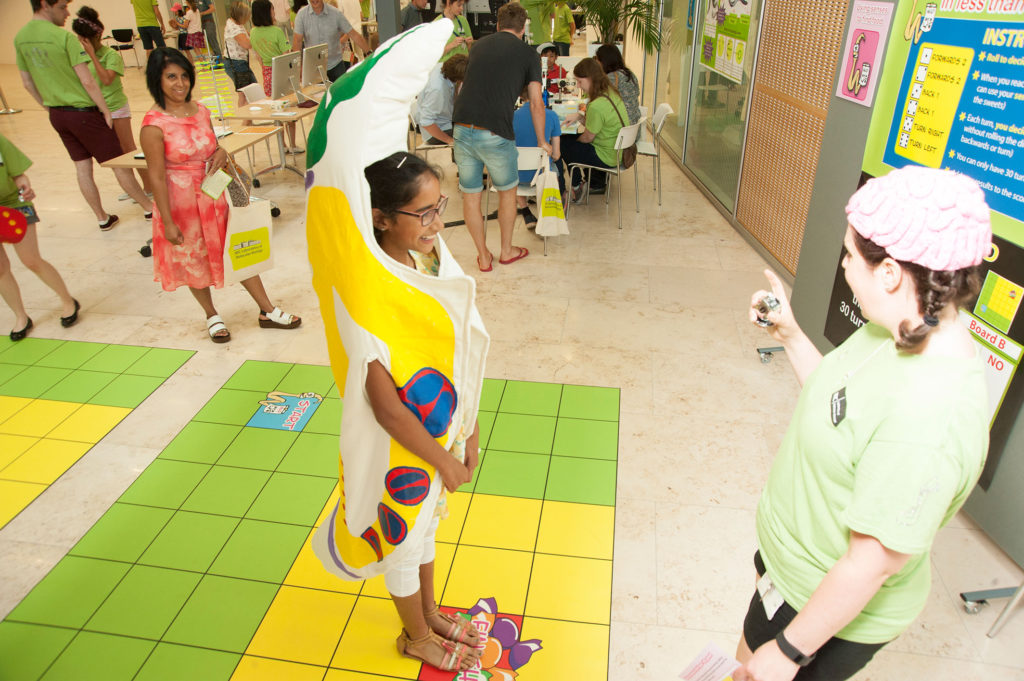
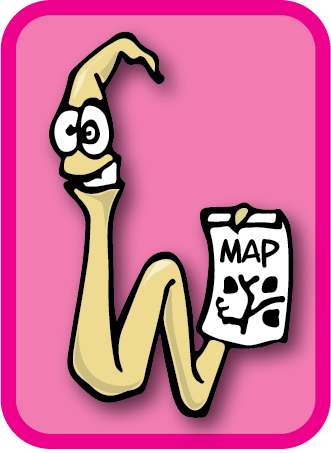
A giant board game, in which children learn about the importance of senses. Children “move like a worm”, using random (dice-determined) search and sensory input to find sweets.
Using senses to find food
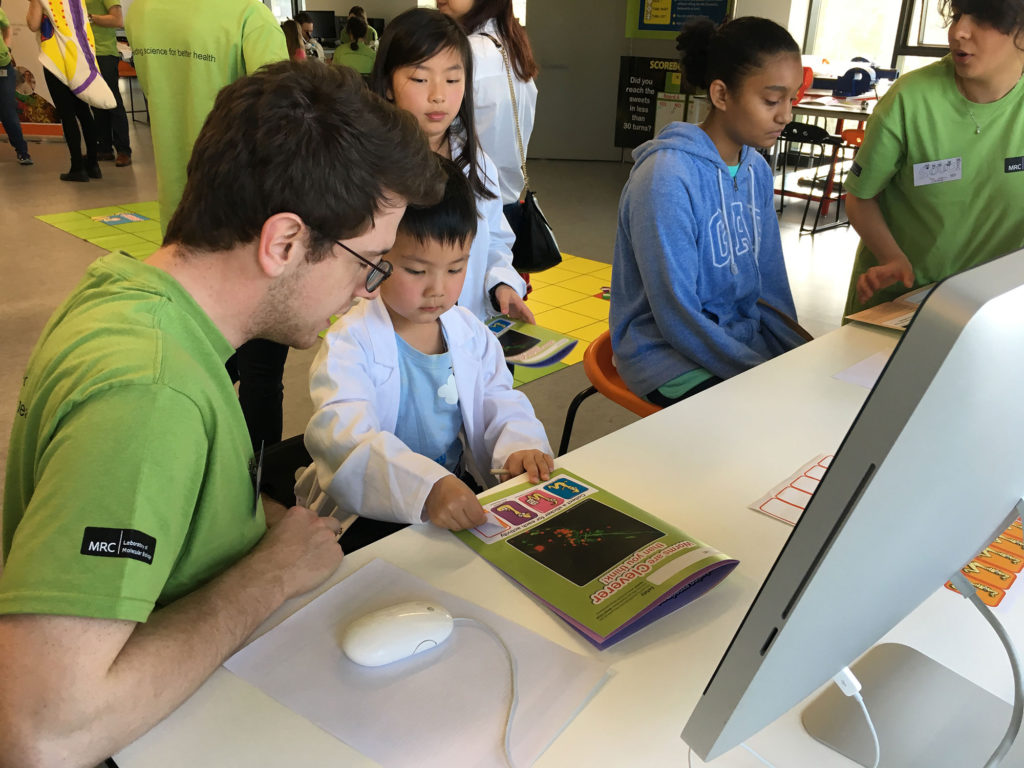
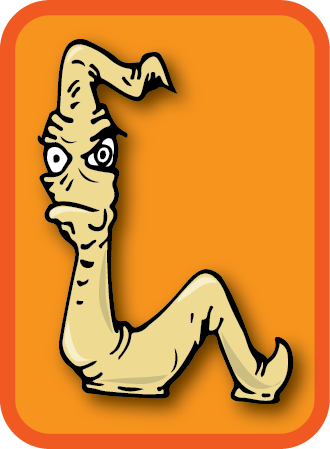
A video- and image-based illustration of how worms are used to study aging and age-related diseases.
Our Worms
Caenorhabditis elegans is a small (1mm long) nematode worm, found on compost heaps in the wild, where it eats bacteria and fungi. Worms live for about seventeen days. They become adults when they are three days old, laying around 300 eggs over the next 3 days. Like us, worms move, eat, sleep, taste, smell and can sense touch. Although they have only 302 neurons (compared with our 100 billion), they are surprisingly clever. They use many different smells and tastes to find good food and avoid food that will make them sick. They can make complex decisions, such as whether to pay attention to sensory information that indicates food versus sensory information that indicates danger. And, based on previous experience, they can learn, to change the way they behave in response to what their senses tell them.
